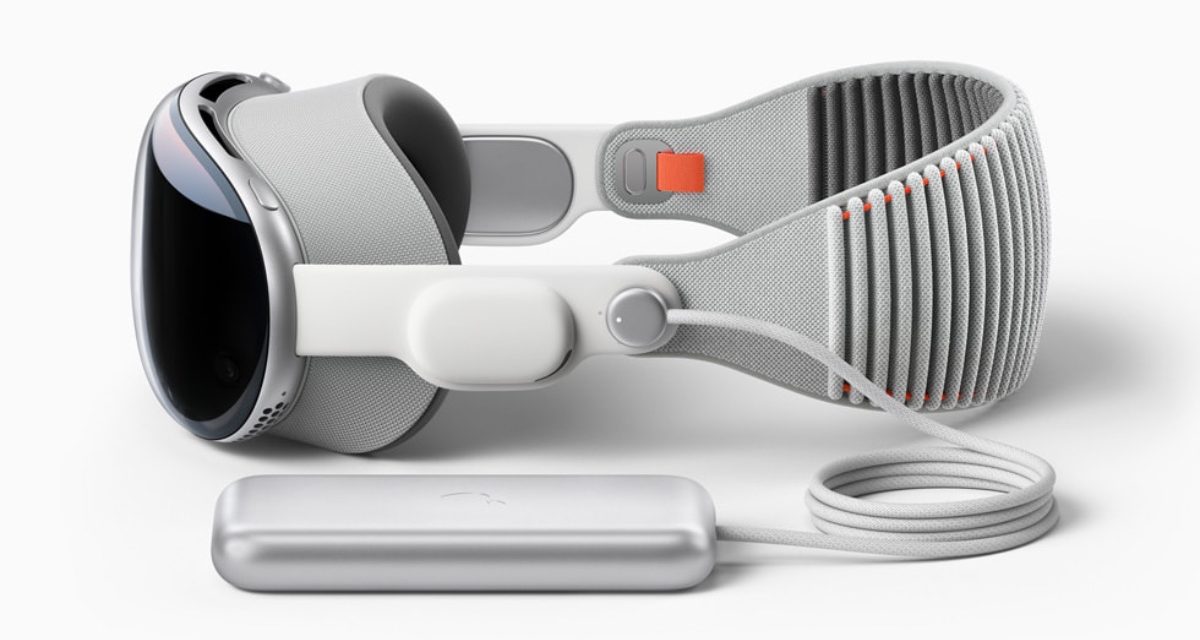Global virtual reality (VR) headset shipments fell 4% year-over-year (YoY) in quarter two (Q2) of 2024, according to Counterpoint’s Global XR(AR/VR) Headset Model Tracker. And it wasn’t good news for the Apple Vision Pro.
Counterpoint says the decline was primarily driven by a sharp drop in Sony’s PlayStation VR2 (PSVR2) shipments, coupled with overall weakness in the consumer VR segment due to a lack of application innovations and a sluggish economy. In contrast, demand from the enterprise VR segment remained relatively stable in Q2.
In terms of brands, Meta was the undisputed market leader in Q2 2024 with a 37% YoY growth capturing 80% share. Meta’s Quest 3 alone accounted for over 70% of the market.
Pico, backed by Chinese internet giant ByteDance, experienced an 18% YoY growth to take the second spot in the market. This growth was supported by the company’s efforts to expand into the enterprise segment and its sales promotions during China’s 618 e-commerce festival.
DPVR, which focuses on the enterprise VR segment, saw a remarkable 67% YoY growth in Q2 2024 to become the third leading player in the global VR market. This performance was driven by stronger demand for its products and solutions from the entertainment, education and healthcare sectors.
Among the top five market players, Sony and Apple faced challenges in Q2, both experiencing negative growth, according to Counterpoint. Sony saw a decline of over 90% in Q2 2024 compared to the same period last year, when the PSVR 2 model had just entered its second quarter after launch. Demand for the PSVR 2 had been sluggish since early 2024 with consumers, especially gaming enthusiasts, awaiting the release of Sony’s PC adapter and new incentive policies. Besides, the Sony PSVR 2 has potential market limitations.
Apple’s Vision Pro shipments saw a significant sequential decline in Q2, particularly after accounting for returned units from the US market. Following the initial market hype, consumers appear to be waiting for more content and application options to justify the high price of Apple’s MR headset, according to Counterpoint.
The research group says that market contribution from smaller companies shrank in Q2 2024. Companies like Play for Dream Technology (YVRDream) and NOLO showcased their new VR headsets in the first half of 2024, but none of these have been commercialized yet.
“Recent products, while offering upgrades in computing power, display and optical performance, and overall specifications, have resulted in higher prices without delivering compelling new applications for everyday use,” says Counterpoint Senior Analyst Flora Tang. “As a result, consumer enthusiasm has waned. Many consumers are holding off on purchases, waiting for new content and applications that can justify the cost. Consequently, companies like Meta and Apple are now prioritizing the development of more affordable and lightweight products for future releases, rather than focusing on powerful but ultra-premium headsets.”
A key growth area in the global VR headset market is mixed reality (MR) devices with color video see-through (VST) functionality, according to Counterpoint. These devices have seen significant growth and now comprise nearly 80% of the global VR market, compared to just 5% in Q2 2023.
“We expect the global VR headset market to experience sequential growth in the first half of 2024, driven by anticipated product launches from Pico and Meta,” says Counterpoint. “The international expansion of Apple’s Vision Pro is also worth monitoring closely.”
I hope you’ll help support Apple World Today by becoming a patron. All our income is from Patreon support and sponsored posts. Patreon pricing ranges from $2 to $10 a month. Thanks in advance for your support.
Article provided with permission from AppleWorld.Today





